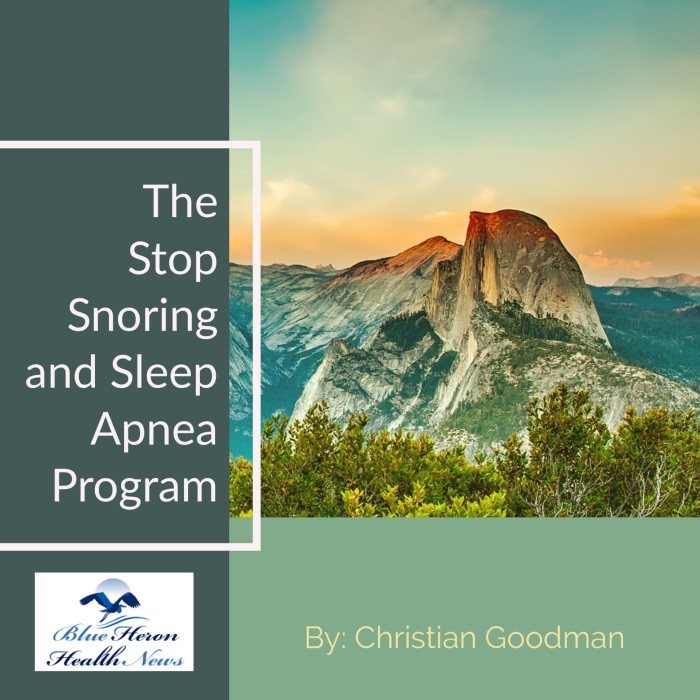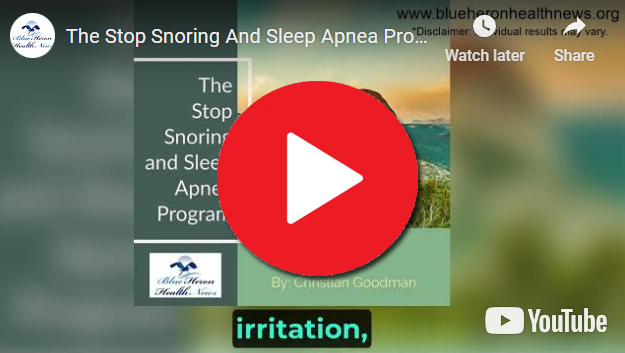
The Stop Snoring And Sleep Apnea Program™ a well-researched program created to help stop snoring and sleep apnea so that you can have a good night sleep. The techniques that you will learn from this program works immediately. It will only take you 3-7 minutes to perform these simple exercises that the author has recommended but the results that you will get will help you have a good night sleep as soon as tonight. Within a week, snoring will be a thing of the past.
How can one find the right CPAP mask for comfort and effectiveness?
Finding the right Continuous Positive Airway Pressure (CPAP) mask is essential for both comfort and the effectiveness of sleep apnea treatment. Since everyone’s facial structure and comfort preferences are different, the process of selecting the right mask involves a few key considerations. Here’s a guide to help you find the best CPAP mask:
1. Types of CPAP Masks
There are three main types of CPAP masks, each suited to different needs and preferences:
- Nasal Mask: Covers the nose only and delivers air through the nostrils. It’s ideal for people who:
- Breathe primarily through their nose.
- Move around while sleeping.
- Need a good balance between comfort and air delivery.
- Nasal Pillow Mask: Fits directly into the nostrils with small prongs (or “pillows”) and offers minimal contact with the face. Best for people who:
- Prefer a lighter, less intrusive mask.
- Sleep on their side or stomach.
- Have facial hair, as there’s less material to interfere.
- Full-Face Mask: Covers both the nose and mouth and delivers air to both areas. It’s suitable for those who:
- Breathe through their mouth while sleeping.
- Have nasal blockages or congestion.
- Require higher pressure settings.
Each mask type has pros and cons, and your choice depends on your personal breathing habits, sleep position, and comfort.
2. Consider Your Sleeping Position
- Side Sleepers: A smaller, lightweight mask like a nasal pillow or nasal mask is typically better for side sleepers because they are less likely to be dislodged and create pressure points.
- Back Sleepers: Full-face or nasal masks tend to work well for back sleepers since there’s less risk of the mask being shifted by the pillow.
- Stomach Sleepers: Stomach sleepers may benefit from a nasal pillow mask, as it’s the least intrusive and most compatible with various sleeping positions.
3. Sizing and Fit
- Proper Sizing: Most CPAP masks come in various sizes (small, medium, large) and some are adjustable. Ensuring a snug fit without excessive tightness is critical. A loose mask may cause air leaks, reducing the effectiveness of the therapy, while an overly tight mask may lead to discomfort, pressure sores, or skin irritation.
- Try Multiple Sizes: Many CPAP providers offer trial periods or mask fittings, where you can try different sizes to find what feels most comfortable.
- Consider Custom Masks: In some cases, custom-fitted masks are available for individuals who struggle to find a standard size that fits well.
4. Comfort Features
- Cushions and Padding: Look for masks with soft silicone, gel, or memory foam cushions that create a good seal while being gentle on your face. Some masks come with extra padding on the straps to prevent skin irritation.
- Headgear Design: The headgear should be comfortable but secure. Look for headgear that’s easy to adjust and won’t dig into your skin. Some masks have minimal headgear, which can reduce bulk and make the mask feel less restrictive.
5. Breathing Preferences
- Mouth Breathers: If you tend to breathe through your mouth, a full-face mask may be more effective in maintaining proper airway pressure. Alternatively, a nasal mask or nasal pillow can be combined with a chin strap to encourage nasal breathing.
- Nasal Breathers: If you breathe well through your nose and don’t experience nasal congestion, a nasal or nasal pillow mask is often more comfortable and less intrusive.
6. Pressure Settings
- High Pressure: If your CPAP machine requires a high pressure setting, a full-face mask may be more effective because it can handle higher pressures without causing discomfort or air leakage.
- Low to Moderate Pressure: Nasal masks and nasal pillows tend to work well with lower pressure settings and are often more comfortable at these levels.
7. Leak Prevention
- Check for Leaks: Air leaks around the mask can make therapy ineffective and disturb sleep. Make sure the mask forms a good seal around your face, and choose a mask type that fits well with your facial features. Adjusting the mask and headgear properly or trying a different cushion material can often resolve leaks.
- Pressure Adjustments: Some CPAP machines offer automatic pressure adjustments to compensate for minor leaks. If leaks persist despite using the right mask, consult your CPAP provider to adjust the pressure settings.
8. Compatibility with Facial Hair
- Beard or Mustache: Facial hair can interfere with the mask’s seal, particularly with full-face and nasal masks. In this case, nasal pillow masks are usually a better option, as they rest inside the nostrils and don’t depend on a seal against the skin around the nose and mouth.
9. Mask Maintenance
- Ease of Cleaning: Masks need to be cleaned regularly to prevent skin irritation and respiratory infections. Some masks are easier to disassemble and clean than others, so consider how easy the mask will be to maintain when selecting one.
- Durability: Look for masks that are made from high-quality materials and are known to last, as you’ll be using them nightly.
10. Trial Periods and Returns
- Trial Programs: Many CPAP suppliers offer trial periods where you can test a mask for a few weeks and return it if it doesn’t work for you. This can be useful when trying different styles or brands.
- Return Policies: Check the return policies when purchasing a mask, as this allows flexibility if the mask turns out to be uncomfortable or incompatible with your therapy needs.
11. Consult Your Healthcare Provider
- Professional Advice: Your doctor or CPAP provider can offer personalized advice based on your specific sleep apnea diagnosis, pressure settings, and facial structure. They may also recommend a mask fitting to ensure the right choice.
- Sleep Studies: If necessary, a follow-up sleep study may help fine-tune your CPAP therapy, including mask choice, ensuring the treatment is as effective and comfortable as possible.
Conclusion
Finding the right CPAP mask involves considering your sleeping position, breathing preferences, pressure settings, and comfort needs. Trial periods and mask fittings are invaluable in this process, as they allow you to try different options until you find the one that offers both comfort and effectiveness. Consulting with your healthcare provider or CPAP therapist can further guide you toward the most appropriate mask for your specific needs.

The Stop Snoring And Sleep Apnea Program™ a well-researched program created to help stop snoring and sleep apnea so that you can have a good night sleep. The techniques that you will learn from this program works immediately. It will only take you 3-7 minutes to perform these simple exercises that the author has recommended but the results that you will get will help you have a good night sleep as soon as tonight. Within a week, snoring will be a thing of the past.